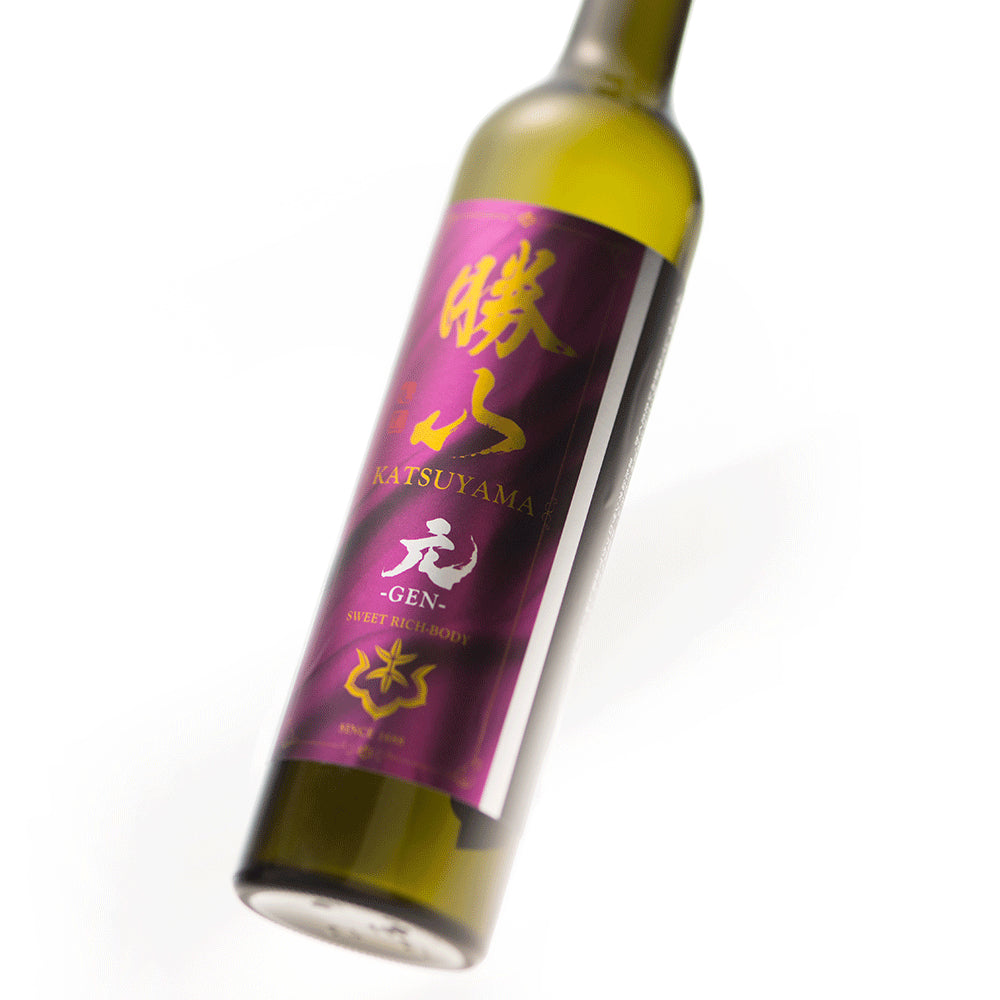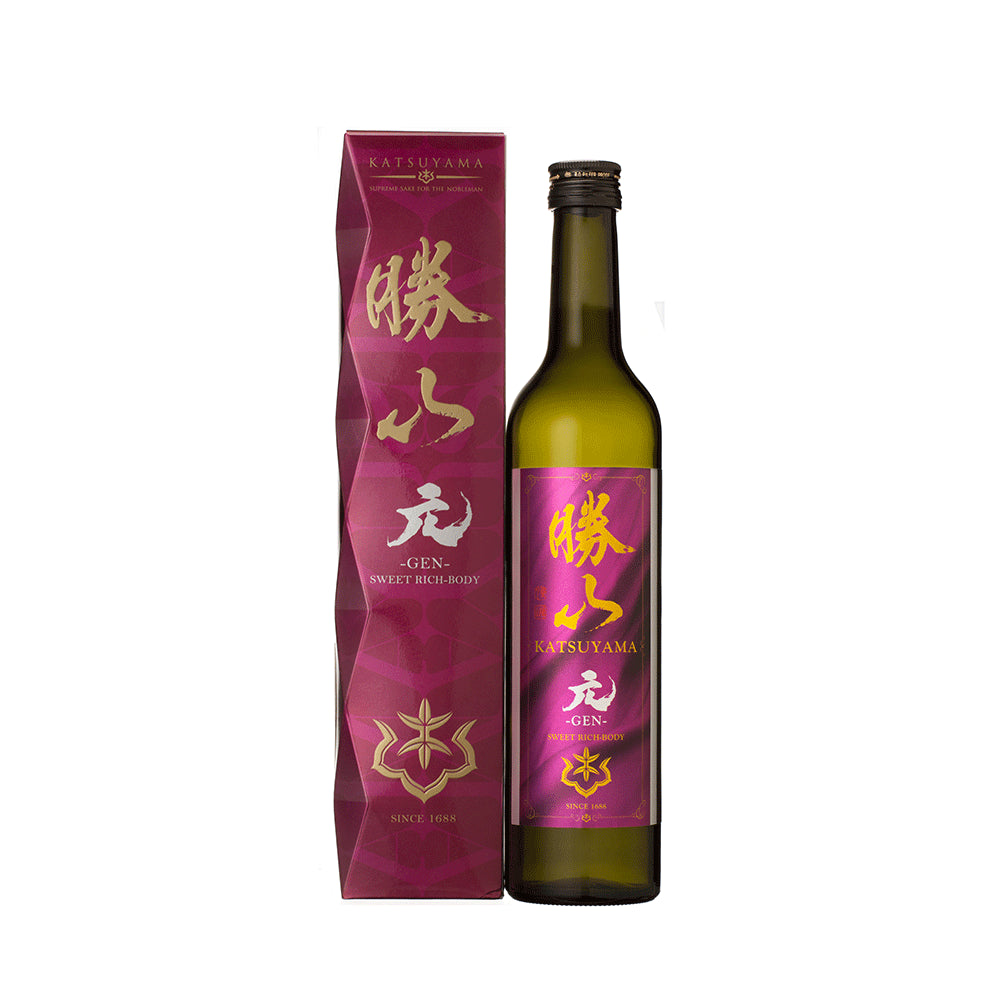-
 >
>
- Product list >
- Katsuyama Gen Junmai-daiginjo undiluted (500ml)
Katsuyama Gen Junmai-daiginjo undiluted (500ml)
詳しく見る
- *All prices shown are the product prices from the Japanpage:.
- *Product price can be shown in multiple currencies as reference values.
- *Payment should be made in Japanese yen.
- *After filling in delivery address, grand total (product price + shipping cost (packing + shipping + insurance) +tariffs & taxes) will be shown on the shipping cart page.
- *All prices shown are the product prices from the Japanpage:.
- *Product price can be shown in multiple currencies as reference values.
- *Payment should be made in Japanese yen.
- *After filling in delivery address, grand total (product price + shipping cost (packing + shipping + insurance) +tariffs & taxes) will be shown on the shipping cart page.
"Katsuyama Gen Junmai-daiginjo, undiluted (720ml)" is a rich, sweet sake made using modern technology based on traditional brewing methods from the Genroku era of the Edo period (1688-1704). It is a gem in liquid form, with a distinguished sweetness comparable to that of a wine made from grapes affected by noble rot. As it sits in one's mouth, it gives off the scent of ripened fruits along with a slight, pure sweetness, while a deep, rich flavor spreads throughout. We recommend having it with meat dishes such as a rich foie gras, or when having a blue or washed-rind cheese with honey. Moreover, for those looking for a new experience, we are sure you will enjoy the combination of sake with desserts and sweets.
Pairing food proposed from Vendor
foie gras; blue cheese
About "Katsuyama"
Japanese sake "Katsuyama" inherits a tradition that has been established for more than 320 years. It is rumored that the origin of the name lies in the superstition that samurai won victories in heaps, and is associated with the "Katsuyama Chignon", a fashionable women's hairstyle in the early Edo period (17th century). It is a full-bodied sake made through a slow and luxurious preparation that involves producing only 1 tank per week, where the moromi (a mash of barley, barley koji, yeat and water) is carefully fermented.
Recommended temperature
- Atsukan (50 - 55℃)
- Jokan (45 - 50℃)
- Nurukan (30 - 40℃)
- Room temperature (15 - 20℃)
- Hanabie (10℃)
- Yukibie (5℃)
Type


Tag
Appearance
-
Clarity
Transparency
Hazy
-
Colour
Colorless
Dark brown
-
Intensity
Water
Deep
Nose characteristics
-
Intensity
Low
Strong
Taste characteristics
-
Light / Body
Light
Body
-
Sweet / Dry
Sweet
Dry
-
Simple / Complexity
Simple
Complexity
-
Acidity
Low
High
-
Umami
Low
High
-
Finish
Low finish
Long finish
Aroma and flavor
Detailed information
| Volume | 500ml |
|---|---|
| Size (L W H) | 6.0 x 6.0 x 29.5 cm |
| Weight | 0.9kg |
| Ingredients | Rice, Rice koji, Water |
| Region | Miyagi |
| Alcohol content | 15%vol. |
|
Sake Meter Value
|
-80 |
|
Acid level
|
+3.3 |
|
Polishing ratio
|
50% |









